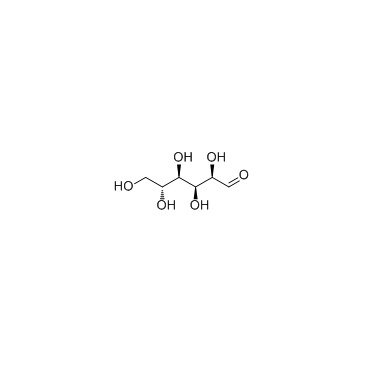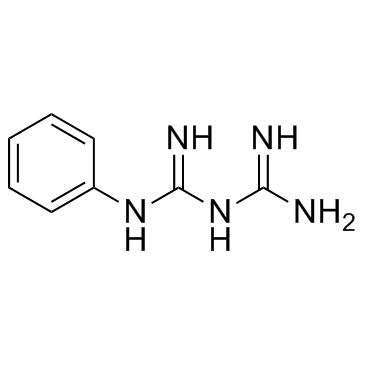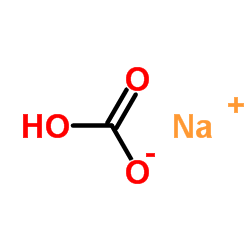| Structure | Name/CAS No. | Articles |
|---|---|---|
 |
sodium chloride
CAS:7647-14-5 |
|
 |
Isoflurane
CAS:26675-46-7 |
|
 |
L-(+)-Lysine monohydrochloride
CAS:657-27-2 |
|
 |
Dimethyl sulfoxide
CAS:67-68-5 |
|
 |
D-(+)-Glucose
CAS:50-99-7 |
|
 |
Phenylbiguanide
CAS:102-02-3 |
|
 |
SodiuM bicarbonate
CAS:144-55-8 |
|
 |
Cadmium chloride
CAS:10108-64-2 |
|
 |
SODIUM CHLORIDE-35 CL
CAS:20510-55-8 |
|
 |
Sodium cyanide
CAS:143-33-9 |